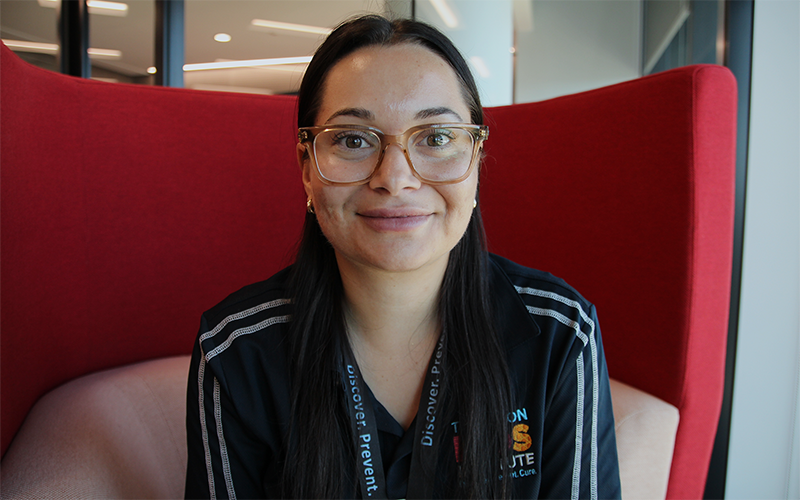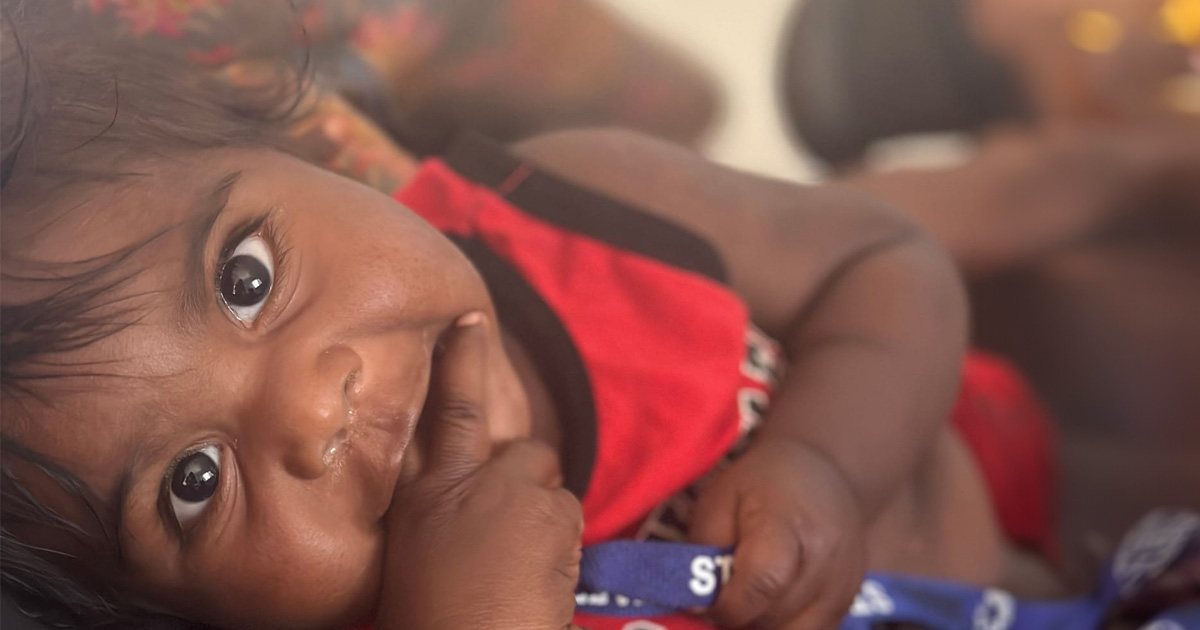Search

News & Events
Meet Jacinta - STARS Award RecipientJacinta Walton is a bright and energetic powerhouse and proud Noongar woman who joined The Kids in 2019, and was recently named a STARS Award recipient.
Your Stories Get in touch If you would like to share your story or chat through something in particular, please reach out. April Welsh Development

News & Events
Safe start to life for East Pilbara babies thanks to Journey Together InitiativeBorn two weeks early, six-month-old Braxton Lewis’ entry to the world could have been vastly different if not for a service dedicated to improving pregnancy outcomes for Aboriginal women in WA’s East Pilbara.

Early in the consultation phase of the project, local Elders through Hedland Aboriginal Strong Leaders, education representatives and others identified that vulnerable families needed help navigating and accessing local support services that were already available in Port Hedland.
This study explored relationships between speech and language abilities in girls with Rett syndrome and how they may be affected by the type of genetic mutation
We reviewed literature and RettNet to explore firsthand perspectives of gastrointestinal issues in Rett Syndrome, then developed recommendations with experts.
We interviewed 21 families with a daughter with Rett Syndrome about aspects of their daughters' lives that were satisfying or challenging to them.
This study measured changes in bone density over time using dual energy x-ray absorptiometry (DEXA). Lean tissue or muscle mass (LTM) was also measured.
Using a large sample size, we investigated the relationships between epilepsy and genotype, and the impact of medications used on seizure management.
